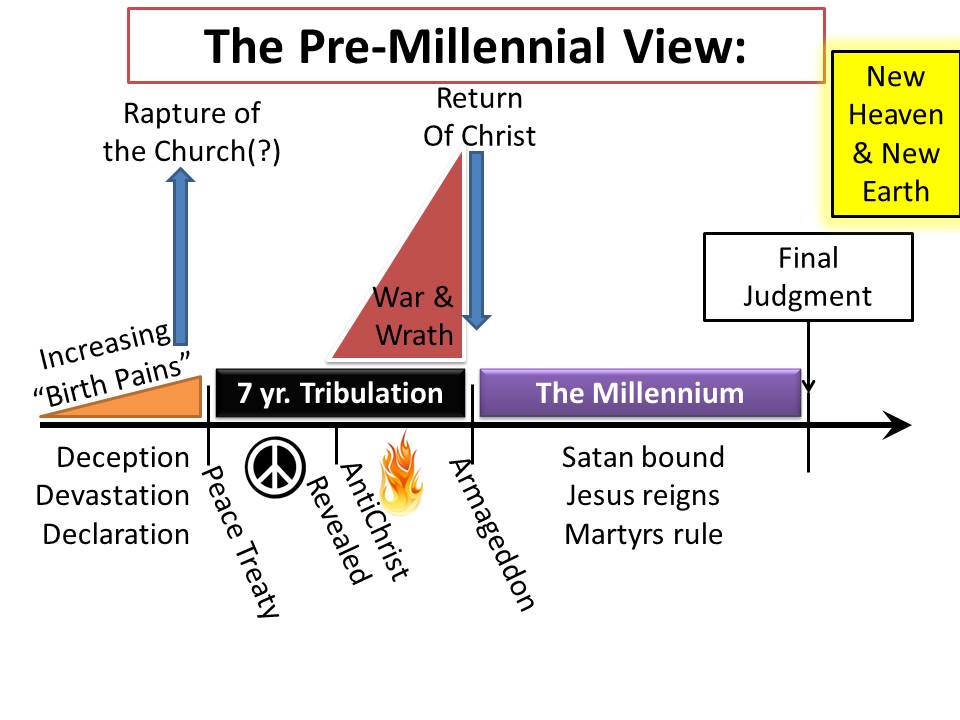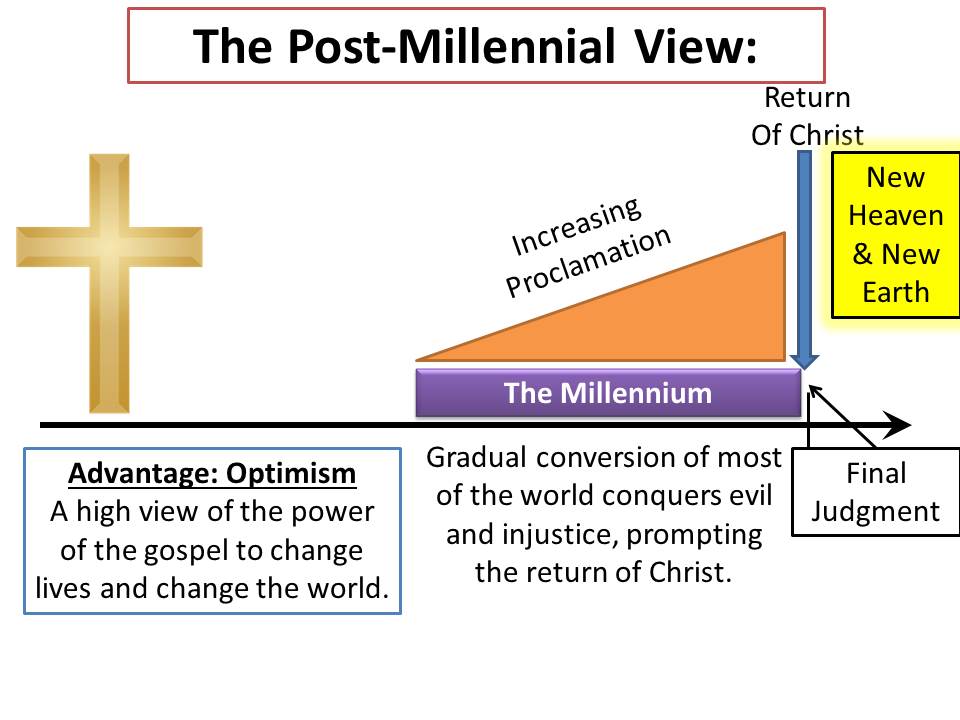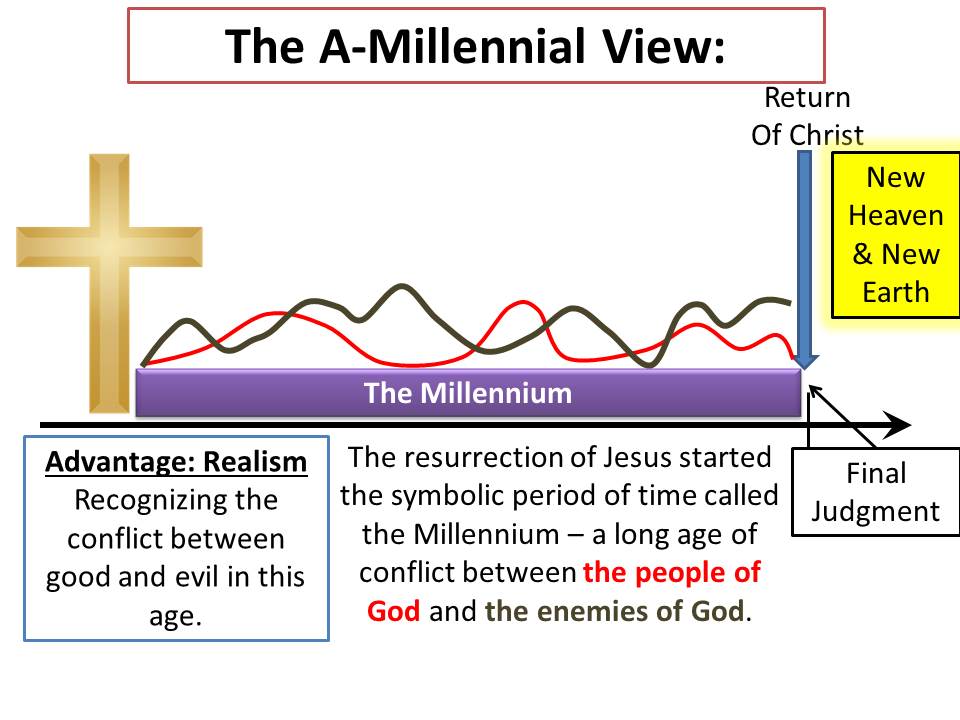The EFCA Statement of Faith was just updated in June of 2019 to state:
9. We believe in the personal, bodily
Article 9Premillennialand glorious return of our Lord Jesus Christ. The coming of Christ, at a time known only to God, demands constant expectancy and, as our blessed hope, motivates the believer to godly living, sacrificial service and energetic mission.
Watch the full Q&A with Dr. Greg Strand, our Director of Theology and Credentialing and others on our Spiritual Heritage Committee.
“There is no single understanding, at the moment, of the fulfillment of the promises or prophecies given to Israel [in Revelation 20], what the coming of Christ entails and the fulfillment of these prophecies, how to understand Israel and the Church, among other issues. It doesn’t mean that there aren’t positions. It doesn’t mean that there aren’t ways in which people understand it. The point is that there isn’t an absolute, singular view that’s mandated. That’s what we’re saying.”
Greg Strand
The heart of the EFCA is to major on the majors and provide freedom in secondary matters. This commitment to Unity in the Essentials and diversity in non-essentials is central to our ethos. While our movement has historically emphasized the return of Christ (before his literal 1,000 year reign on earth) we have also acknowledged that this doctrine is secondary relative to 1) the authority of Scripture, 2) the orthodox view of the Trinity and 3) the centrality of the Gospel of salvation by grace alone through faith alone in Christ alone. Replacing “premillennial” with “glorious” is simply the formal application of this conviction.
Here is the previous explanation of what it meant for us to be Premillennial. In short, Revelation 20 seems to teach a literal 1,000 year reign of Jesus on earth to follow His return.
“Also I saw the souls of those who had been beheaded for the testimony of Jesus and for the word of God, and those who had not worshiped the beast or its image and had not received its mark on their foreheads or their hands. They came to life and reigned with Christ for a thousand years.” Revelation 20:4
For an exposition of the meaning and application of Revelation 20 from one of the great New Testament professors in the EFCA, listen to this podcast by D.A. Carson.
Here are summary statements of the SOF change from three notable leaders in the broader Evangelical movement.
Here is a quick visual summary of the difference between the three views on the Millennium.

Within the Pre-Millennial view there are different understandings of the timing of the rapture – whether it will be before, in the middle of or after the Great Tribulation (a 7 year period of great testing and separation of believers from non-believers).

The Post-Millennial view was very popular in the 1800s during times of revival, industrialization and global missions. World War I threw great doubt on this view and WWII pretty much ended the idea that the world would get better and better until Jesus came back.

The A-Millennial view is currently the main alternative to the Pre-Millennial one. Instead of seeing the 1,000 years in Revelation 20 as a literal period of time it takes that number as a symbol of the completion of time (10x10x10) and therefore figurative for the full age from the resurrection of Christ to His return. In other words, we have been living in the Millennium for nearly 2,000 years.
For the full powerpoint from which I grabbed the images above, see my previous post here.
Here is how TEDS History Professor, Dr. John Woodbridge, summed up the change
“People really saw high stakes in the move. One person of great stature told me that if you give up premillennialism, you will give up biblical inerrancy,” Woodbridge told CT. “For me, I never made that connection. John Calvin, Martin Luther, and others, certainly in the Reformed tradition, had a high view of Scripture, but they were never premillennial.”
Dr. John Woodbridge
